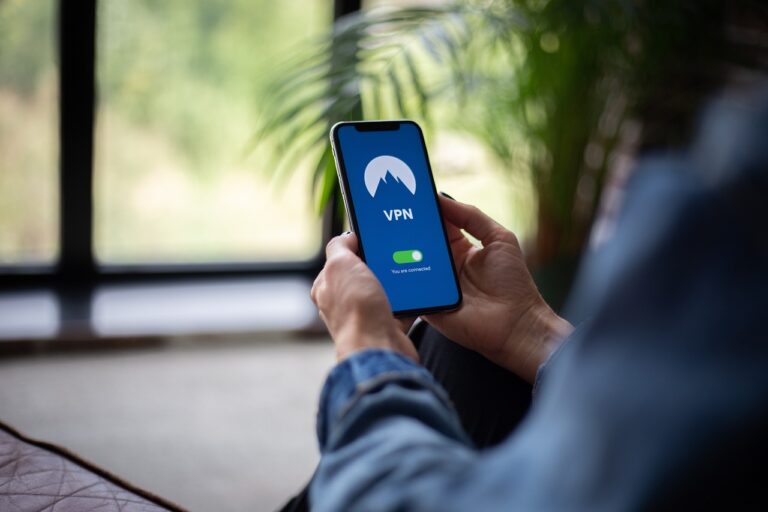Omnichannel Retailing: Creating Seamless Shopping Experiences Across Platforms
Omnichannel retailing is centered around creating a cohesive shopping experience for consumers across multiple channels. One key component of this strategy is ensuring seamless integration between online and offline channels. By offering customers the ability to browse and buy products both online and in physical stores, retailers can cater to varying preferences and needs.
Another crucial aspect of omnichannel retailing is providing consistent branding and messaging across all touchpoints. This helps to strengthen brand recognition and loyalty among customers, regardless of where they choose to engage with the brand. By delivering a unified experience, retailers can build trust with consumers and increase the likelihood of repeat purchases.
Benefits of Integrating Online and Offline Channels
Integrating online and offline channels in retail offers numerous advantages for both businesses and consumers. By combining these two channels, retailers can create a seamless shopping experience for customers, allowing them to browse and purchase products through various touchpoints. This unified approach enhances customer satisfaction and loyalty, as individuals can enjoy the convenience of shopping online while also having the option to physically interact with products in-store.
Moreover, integrating online and offline channels provides retailers with valuable insights into customer behavior and preferences. Through data analytics and tracking tools, businesses can gain a better understanding of their target audience and tailor their marketing strategies accordingly. This targeted approach can lead to increased sales and customer engagement, as companies can deliver personalized experiences that resonate with their customers across different channels.
Strategies for Implementing a Seamless Shopping Experience
To create a seamless shopping experience for consumers, retailers must ensure that their online and offline channels are integrated smoothly. This can be achieved by maintaining consistent branding and messaging across all touchpoints, from websites and mobile apps to physical stores. By providing a cohesive experience, customers will feel more connected to the brand and be more likely to make repeat purchases.
Another strategy for implementing a seamless shopping experience is to invest in technology that enables omnichannel capabilities. This could include inventory management systems that sync across all channels, allowing customers to check product availability in real-time regardless of whether they are shopping online or in-store. By leveraging technology to bridge the gap between online and offline shopping, retailers can meet the growing expectations of today’s consumers for a convenient and integrated shopping experience.





